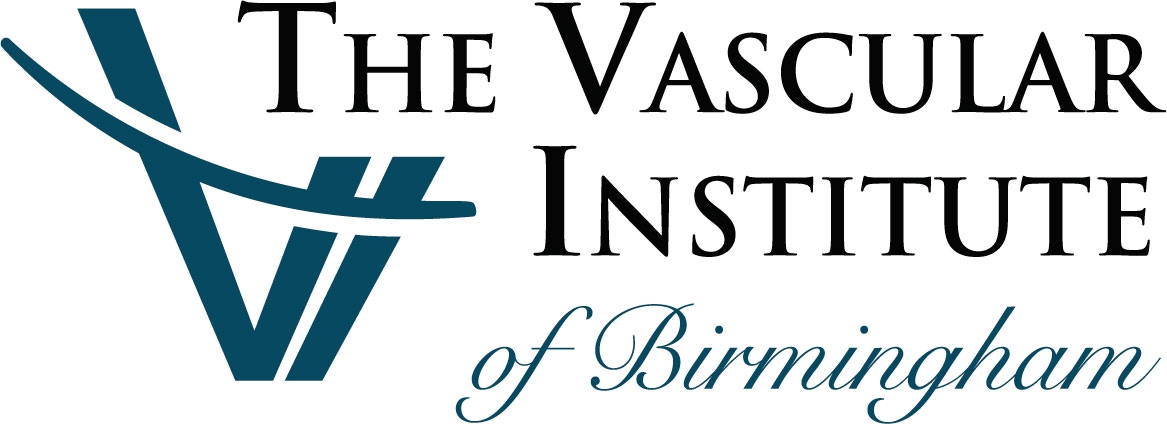Overview:
Peripheral vascular disease, also called PVD, refers to any disease or disorder of the circulatory system outside of the brain and heart. The term can include any disorder that affects any blood vessels. It is, though, often used as a synonym for peripheral artery disease.
The most common disease of the arteries, the build-up of fatty material inside the vessels, a condition called atherosclerosis or hardening of the arteries, is what causes it. The build up is a gradual process. Over time, the artery becomes blocked, narrowed, or weakened.
When a blockage occurs in the arteries of the heart, it’s called coronary heart disease or coronary artery disease.
Blood vessels in the legs are the ones most often affected. Other arteries frequently affected include those that supply blood to the kidneys and those in the arms.
Contributing Factors:
- Blood clots: A blood clot can block a blood vessel.
- Diabetes: The high blood sugar level present with diabetes can, over time, damage blood vessels. This makes them more likely to become narrow or to weaken. People with diabetes often also have high blood pressure and a high level of fats in the blood. Both conditions can accelerate the development of atherosclerosis.
- Inflammation of the arteries or arteritis: Arteritis can cause narrowing or weakening of the arteries. Some autoimmune conditions lead to vasculitis. The inflammation can affect not just arteries, but other organ systems too.
- Infection: The inflammation and scarring caused by infection can block, narrow, or weaken blood vessels. Both salmonellosis (infection with Salmonella bacteria) and syphilis are two infections traditionally known to infect and damage blood vessels.
- Structural defects: Defects in the structure of a blood vessel can cause narrowing. Most of these are acquired at birth, and the cause is unknown. Takayasu disease is a vascular disease that damages the aorta, the large blood vessel carrying blood from the heart to the body. It is most common among females of Asian origin.
- Injury: Blood vessels can be injured in an accident such as a car wreck or a bad fall.
Symptoms:
Symptoms range from pain, cold feet, and bluish discoloration to stroke or gangrene. If the condition is not reversed, the affected body part is injured and eventually starts to die. It’s important to find narrowed arteries before damage occurs.
Risk Factors:
PVD is a leading cause of disability among people over age 60, as well as those with diabetes.
How to Reduce Your Risk:
Treating PVD medically and with lifestyle changes is the best way to prevent it from getting worse and protect against complications. This is especially true for people who have high blood pressure (hypertension) or diabetes, those with high fats or lipids in their blood, and those who smoke.
